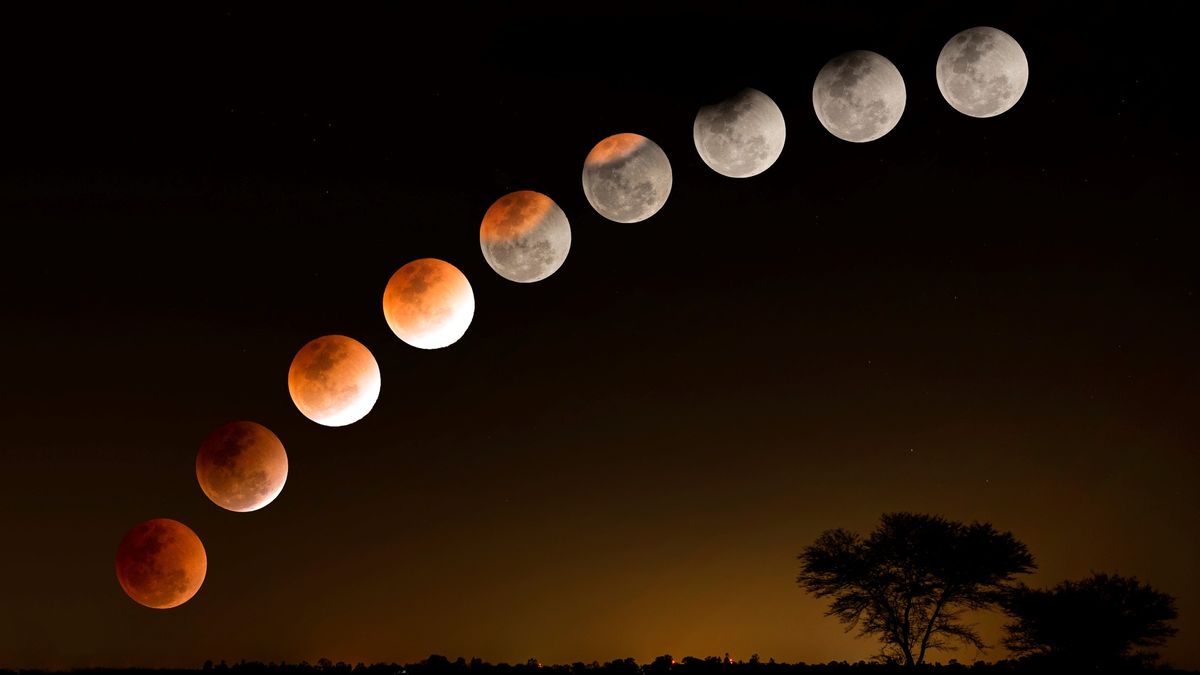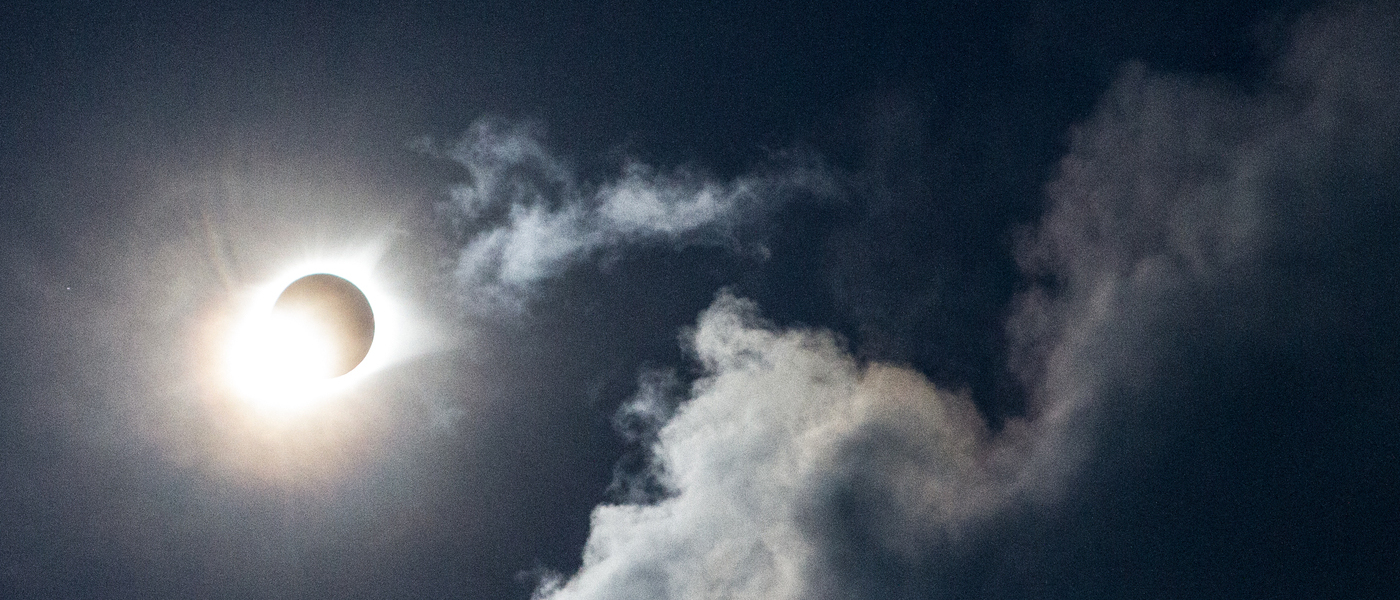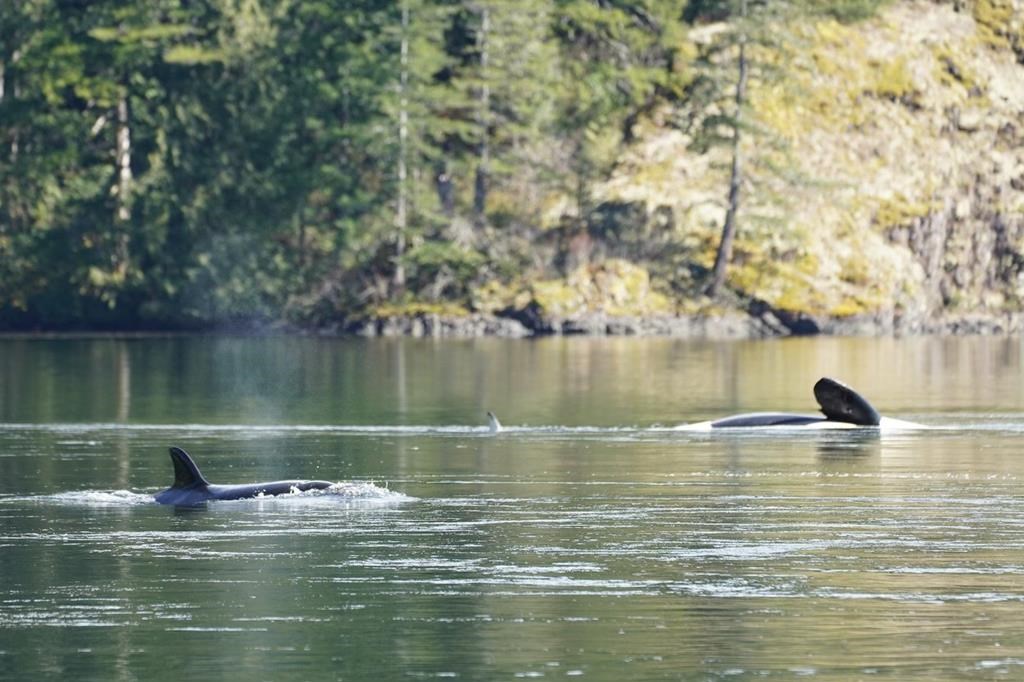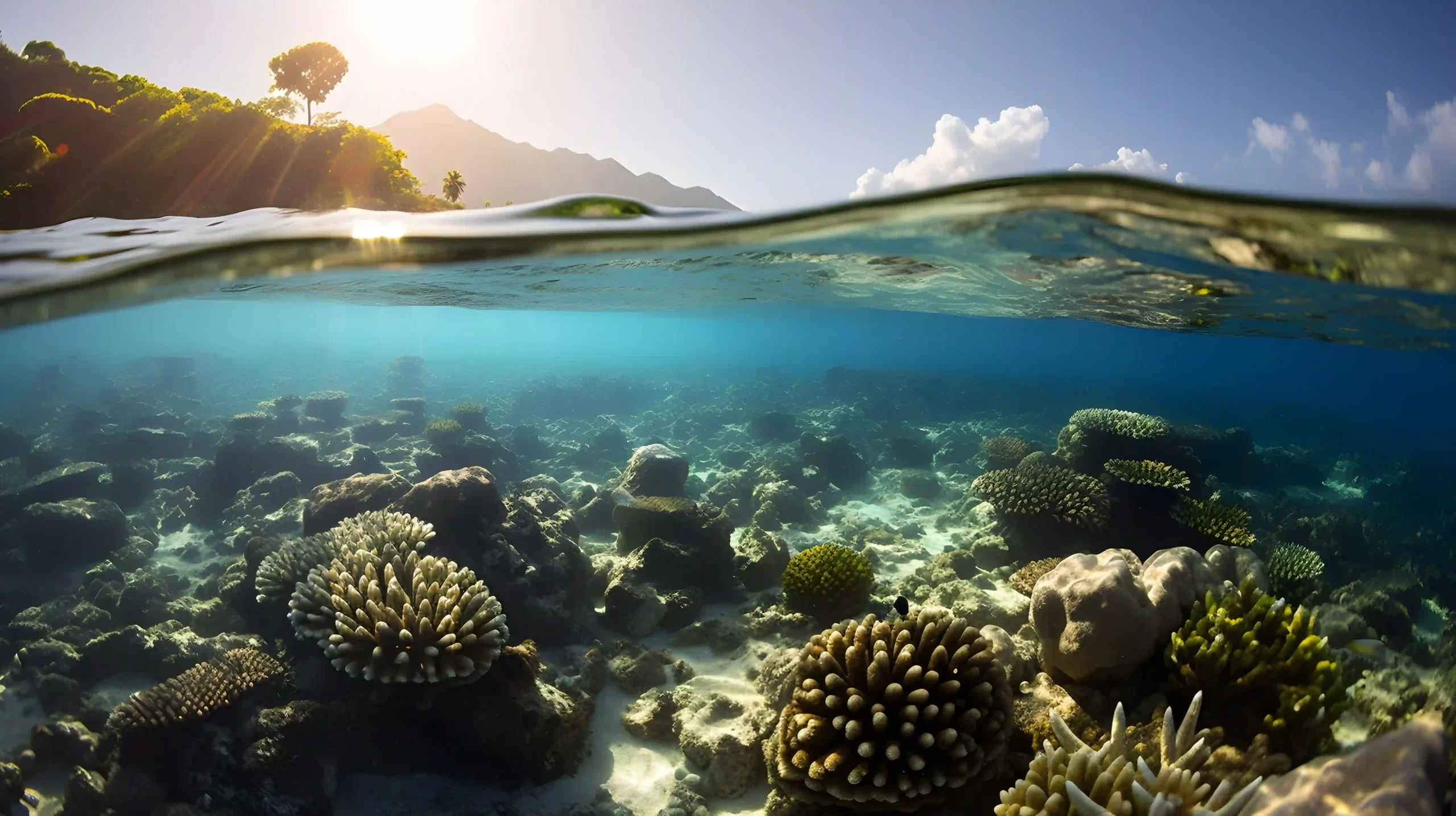Science
Dr. Mario Molina, 1995 Nobel Prize Winner Recognized By Google Doodle.
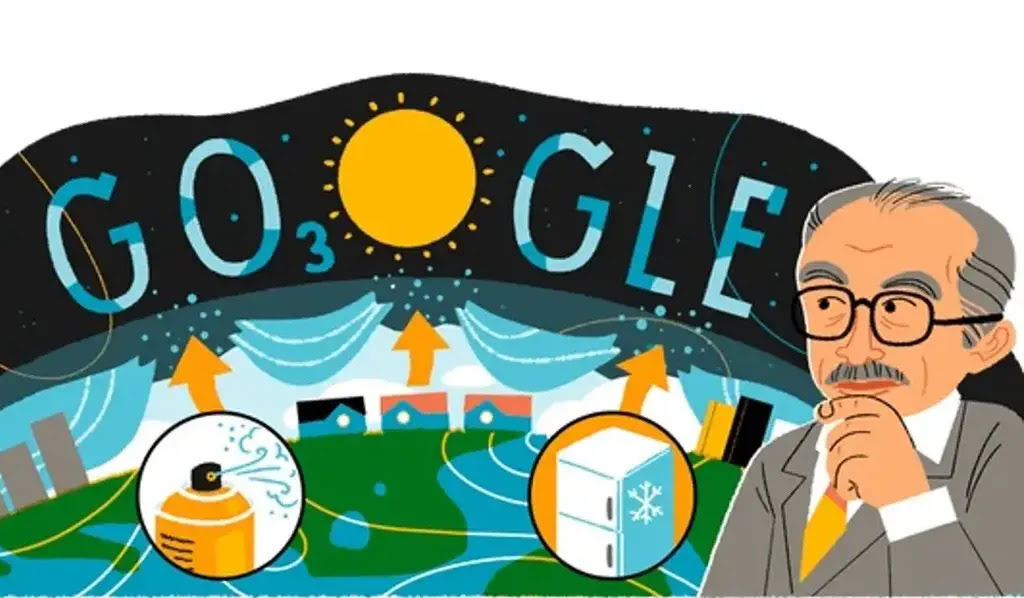
Dr. Mario Molina, a Mexican chemist who successfully persuaded governments to collaborate to save the planet’s ozone layer, has been recognized by Google Doodle. Molina died of a heart attack in 2020 at 77.
Dr. Molina, a Nobel Laureate in Chemistry in 1995, was one of the researchers who discovered how chemicals deplete the Earth’s ozone shield, which is critical for protecting humans, plants, and wildlife from harmful ultraviolet light.
Chemicals in hair spray and refrigerators have been wreaking havoc on the ozone layer, the protective shroud that shields us from the sun’s harmful ultraviolet radiation, for years. However, it wasn’t until 1974 that people started paying attention.
Mexican scientist Mario Molina published a study that year demonstrating that chlorofluorocarbons, widely used in refrigerator coolants, spray paint, deodorant sprays, and other aerosol products, depleted the ozone layer. The consequences were dire because our planet would be uninhabitable if the ozone layer did not protect us from the sun. His work had an impact on global environmental policy.
On Molina’s 80th birthday, Google created a Doodle to honor his pioneering efforts to combat an environmental disaster.
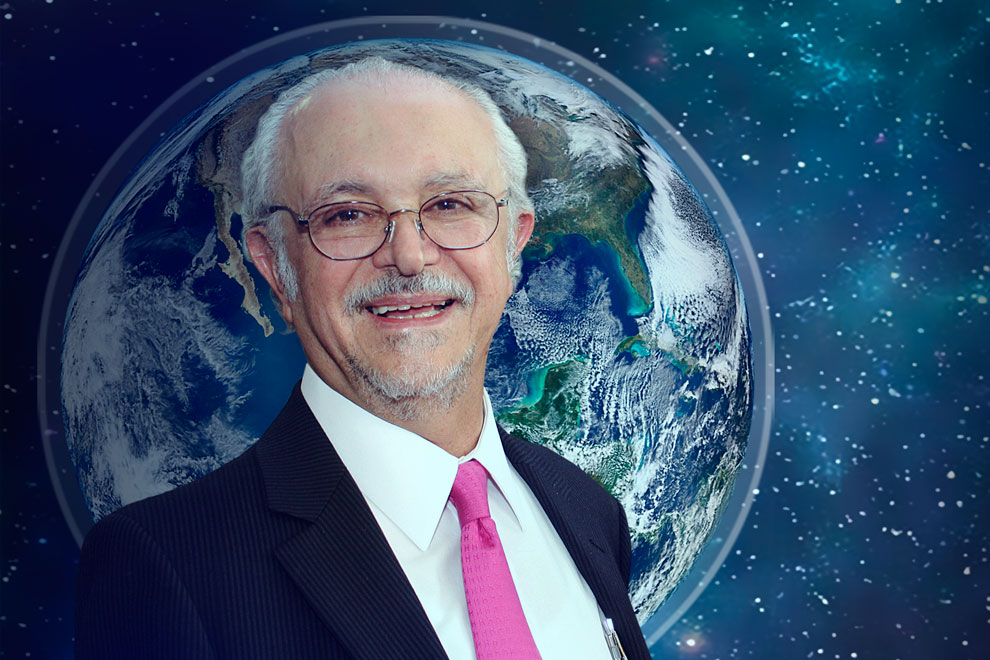
Dr. Mario Molina received the Nobel Prize in Chemistry in 1995. He was one of the scientists who discovered how chemicals deplete the Earth’s ozone shield.
Dr. Mario Molina, born on March 19, 1943, in Mexico City, was drawn to science at a young age, converting his home’s bathroom into a makeshift laboratory for his chemistry sets.
“I was already fascinated by science before entering high school,” wrote Dr. Mario Molina in his Nobel biography. “I remember being ecstatic when I first saw paramecia and amoebae through a rather primitive toy microscope.”
After being sent to a Swiss boarding school at 11, Molina returned to Mexico to study chemical engineering at the National Autonomous University of Mexico before receiving a doctorate in physical chemistry from the University of California, Berkeley, in 1972.
In 2013, President Obama awarded Molina the Presidential Medal of Freedom, the highest civilian honor in the United States.

President Barack Obama awarded Dr. Mario Molina the Presidential Medal of Freedom in 2013, the highest civilian honor in the United States.
A year later, while working with F. Sherwood Rowland of the University of California, Irvine, Molina discovered that CFCs in the upper atmosphere could be broken down by ultraviolet radiation, releasing chlorine atoms that destroyed ozone molecules.
Their findings were published in the journal Nature in 1974.
Their findings were slammed by CFC-using industries, with one executive claiming that the pair’s theory was “orchestrated by the Ministry of Disinformation of the KGB.” On the other hand, British scientists discovered a massive hole in the ozone layer over Antarctica in 1985.
Because of this discovery, governments worldwide signed the Montreal Protocol in the 1980s to phase out the use of ozone-depleting substances. The agreement has been dubbed “the most successful international effort to combat climate change and environmental degradation” by Science magazine.
In 1995, Molina and Rowland were awarded the Nobel Prize in Chemistry alongside Paul J. Crutzen of the Max Planck Institute in Germany. In announcing the award, the Royal Swedish Academy of Sciences stated that the researchers “have contributed to our salvation from a global environmental problem that could have catastrophic consequences.”
People Also Reading:
Former US President Donald Trump Says He Expects to Be Arrested
China Study Claiming Covid-19 Originated in Raccoon Dogs Withdrawn
Science
How To Tell If You Have Eye Damage After Viewing The Eclipse
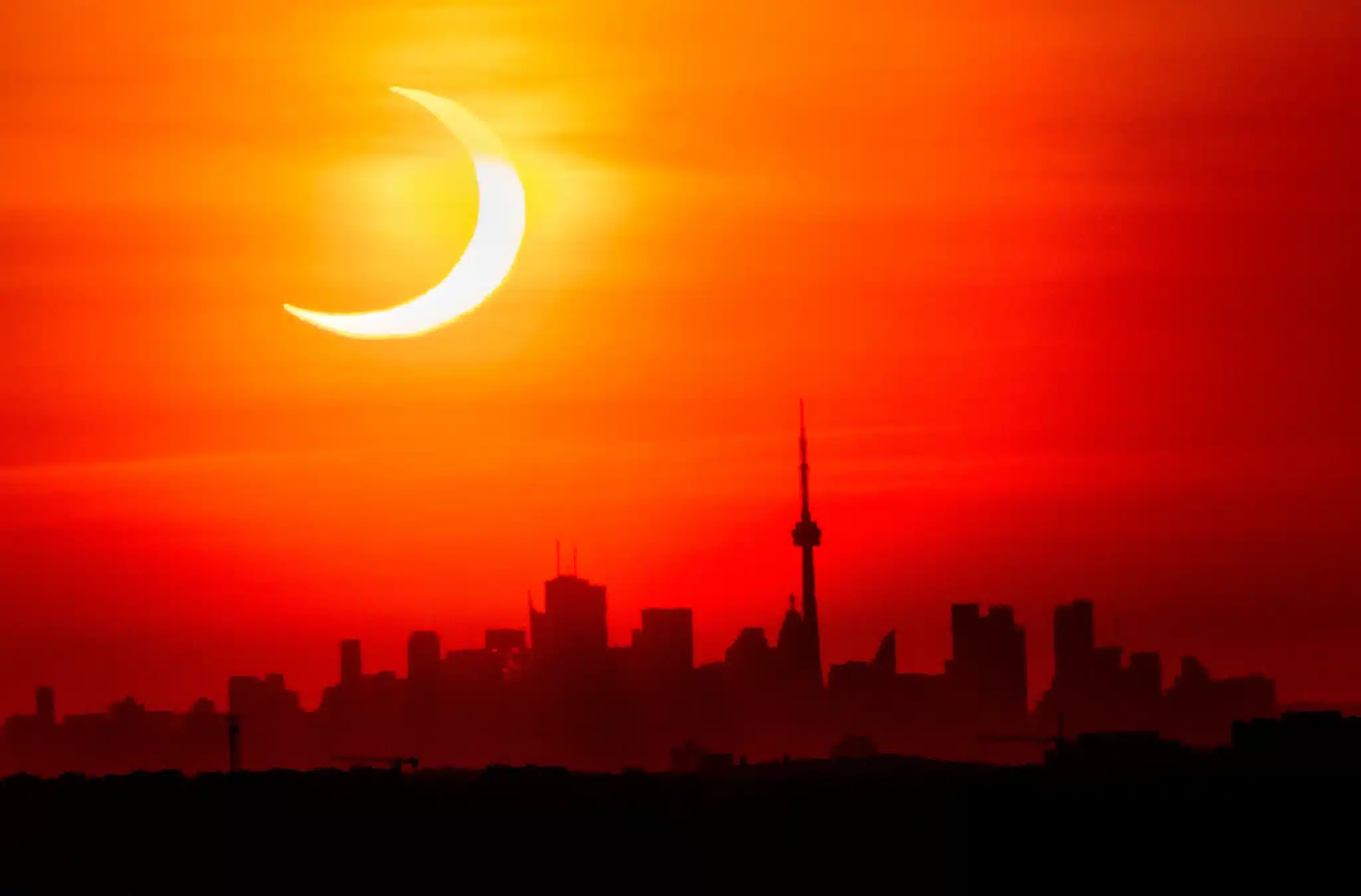
Eye balls bugging you after watching the eclispe? The solar eclipse passed over Mexico, the United States, and Canada on Monday, providing a heavenly show. However, in the aftermath, some people may experience eye irritation instead of astonishment.
You may be wondering if your eclipse glasses were bogus. Perhaps you neglected to put them back on as the day’s first rays arrived after totality. Or you spotted your child, friend, or family member looking up at the sun without wearing glasses.
How To Tell If You Have Eye Damage After Viewing The Eclipse
Solar retinopathy, or retinal damage brought on by solar radiation, can result from looking at the sun without using appropriate eye protection, such as certified eclipse glasses or solar viewers. While the highly specialized cells inside our eyes do not experience pain, staring at the sun causes inflammation and damage to the rods, cones, and photochemical reactors, according to Ronald Benner, an optometrist and president of the American Optometric Association.
During the 2017 total solar eclipse, a young woman was diagnosed with solar retinopathy in both eyes after viewing it with eclipse glasses that physicians said were not up to safety standards.
There is no cure for solar retinopathy. It may improve or worsen, but it is a permanent condition.
After-eclipse eye injury symptoms
Symptoms of eye injury from viewing the eclipse without proper protection can take hours or days to appear. They include loss of central vision, changes in color vision, and distorted vision.
How To Tell If You Have Eye Damage After Viewing The Eclipse
“Eclipse damage is unlikely to produce pain or discomfort in your eyes because the retina lacks pain nerves. Instead, visual symptoms might appear within 4-6 hours. However, some people may experience symptoms after 12 hours,” emailed Michelle Andreoli, eye ophthalmologist and clinical representative for the American Academy of Ophthalmology.
Doctors advise that if you detect any signs or are experiencing eye discomfort, schedule an appointment with a health care provider or an eye care specialist right away.
“For most people, it’s an alteration of color vision,” he stated. “The next morning, the colors don’t appear right, or they’ve been bleached out or fuzzy all the time. Others may have genuine holes in their vision.
According to Benner, damage to the center of someone’s eyesight can impair their ability to read or recognize faces.
It is comparable to the effect a camera flash has on our eyes, which can distort it for a few minutes before going away. However, the severity of solar retinopathy causes lifelong damage that is not immediately noticeable. Overnight, the cells can perish and will not be replaced.
How To Tell If You Have Eye Damage After Viewing The Eclipse
The injury sustained determines the alterations in a person’s vision, which can occur in one or both eyes.
“The retina is an extension of the brain, so it’s actually neurological tissue, and when you damage that, it doesn’t always come back,” he said. “If you harm one cell, it may never be the same. However, if you damage a group of cells, you will experience blotchy vision, similar to having someone rub oil on your windshield. If you only cause little damage to them and do not kill them, their color vision will be affected. What can you do about this? Nothing else than preventing it.”
Benner also recommends that parents discuss with their children the signs of pain if they watched the eclipse together, especially if they are concerned that their children may have removed or glanced around the eclipse glasses. Children may find it difficult to explain their experiences, such as not being able to properly see
SOURCE – (CNN)
Science
Rescuers Are Working To Save An Orphaned Orca Calf Stranded In A Remote British Columbia Lagoon
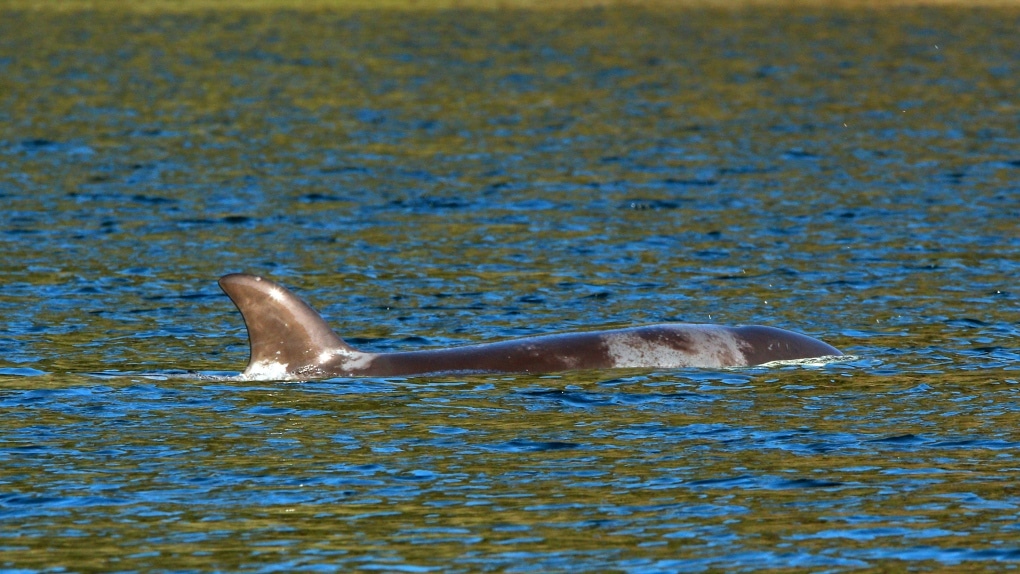
Rescuers are working to save an orca calf stranded in a remote lagoon on Vancouver Island, off Canada’s west coast, for nearly two weeks.
The calf became stranded in the Zeballos lagoon after its mother became trapped on a sandbar in the lagoon’s shallow waters and died on March 23. The mother was pregnant when she died.
Officials have been monitoring the calf regularly and are developing the best plan to move it and reconnect it with its family pod.
Rescuers are working to save an orca calf stranded in a remote lagoon on Vancouver Island, off Canada’s west coast, for nearly two weeks.
The calf became stranded in the Zeballos lagoon after its mother became trapped on a sandbar in the lagoon’s shallow waters and died on March 23. The mother was pregnant when she died.
Officials have been monitoring the calf regularly and are developing the best plan to move it and reconnect it with its family pod.
“We realized that time is not on our side, so we are now working on logistics of a rescue operation,” Fisheries and Oceans Canada’s Paul Cottrell said on Thursday.
Cottrell added that staff had tried various methods to convince the calf to leave the lagoon on its own, including “acoustic playbacks”—recordings of other orca whales. So far, nothing has worked.
Officials initially planned to carry the calf by helicopter but have switched to a truck and boat to prevent upsetting the animal. According to Ehattesaht First Nation Chief Simon John, they intend to entice the calf into an area where it can be loaded onto a vehicle, then drive the animal to a boat and place it in a net pod.
The orca, known as “Little Brave Hunter” or “Kʷiisaḥiʔis” in the Ehattesaht First Nation language, will remain in the net enclosure until its family dies. Then, John explained, it will hopefully be liberated and reunited with its family. The net pen is planned for Esperanza, southeast of Zeballos.
Officials expect to implement this approach within the next week. “It’s a huge effort, and we have a long way to go,” Cottrell stated. “We’re hoping for the best possible outcome.”
The orca family pod was last observed on March 30.
Bay Cetology, one of the companies coordinating the rescue, told CNN that the orca is “robust, showing no immediate signs of emaciation.” The group said attempts have been made to feed the calf, but it is unclear whether it has eaten anything.
“This whale’s skin has just started to slough in sizable patches along the top of the head and base of the dorsal fin on each side perhaps due to the freshwater runoff into the lagoon it is in,” according to the company.
Moving the orca calf “will require a lot of patience as well as cooperation from the whale,” according to Bay Cetology.
According to the National Oceanic and Atmospheric Administration (NOAA), orcas, commonly known as killer whales, are widespread across the world’s waters. They are very sociable and live in family pods of 20 or more whales. According to NOAA, calves normally stay with their moms for the first two years of their lives.
This is not the first time Canadian officials have devised a plan to rescue a solitary and trapped orca calf. In 2002, an orca calf named Springer was discovered alone in Puget Sound, prompting an elaborate capture and relocation effort. She is the first orca in history to successfully reintegrate into a wild population following human intervention.
“We realized that time is not on our side, so we are now working on logistics of a rescue operation,” Fisheries and Oceans Canada’s Paul Cottrell said on Thursday.
Cottrell added that staff had tried various methods to convince the calf to leave the lagoon on its own, including “acoustic playbacks”—recordings of other orca whales. So far, nothing has worked.
Rescuers are working to save an orca calf stranded in a remote lagoon on Vancouver Island, off Canada’s west coast, for nearly two weeks.
Officials initially planned to carry the calf by helicopter but have switched to a truck and boat to prevent upsetting the animal. According to Ehattesaht First Nation Chief Simon John, they intend to entice the calf into an area where it can be loaded onto a vehicle, then drive the animal to a boat and place it in a net pod.
The orca, known as “Little Brave Hunter” or “Kʷiisaḥiʔis” in the Ehattesaht First Nation language, will remain in the net enclosure until its family dies. Then, John explained, it will hopefully be liberated and reunited with its family. The net pen is planned for Esperanza, southeast of Zeballos.
Officials expect to implement this approach within the next week. “It’s a huge effort, and we have a long way to go,” Cottrell stated. “We’re hoping for the best possible outcome.”
The orca family pod was last observed on March 30.
Bay Cetology, one of the companies coordinating the rescue, told CNN that the orca is “robust, showing no immediate signs of emaciation.” The group said attempts have been made to feed the calf, but it is unclear whether it has eaten anything.
“This whale’s skin has just started to slough in sizable patches along the top of the head and base of the dorsal fin on each side perhaps due to the freshwater runoff into the lagoon it is in,” according to the company.
Moving the orca calf “will require a lot of patience as well as cooperation from the whale,” according to Bay Cetology.
Rescuers are working to save an orca calf stranded in a remote lagoon on Vancouver Island, off Canada’s west coast, for nearly two weeks.
According to the National Oceanic and Atmospheric Administration (NOAA), orcas, commonly known as killer whales, are widespread across the world’s waters. They are very sociable and live in family pods of 20 or more whales. According to NOAA, calves normally stay with their moms for the first two years of their lives.
This is not the first time Canadian officials have devised a plan to rescue a solitary and trapped orca calf. In 2002, an orca calf named Springer was discovered alone in Puget Sound, prompting an elaborate capture and relocation effort. She is the first orca in history to successfully reintegrate into a wild population following human intervention.
SOURCE – (CNN)
Politics
For The Past Year, Global Ocean Temperatures Has Set New Records On A Daily Basis.
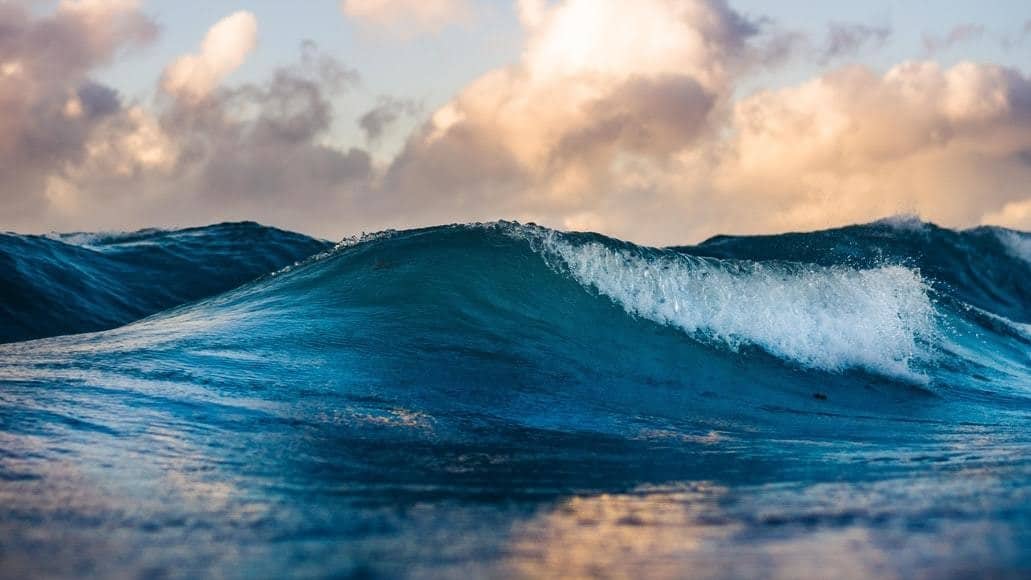
According to new data, the world’s oceans have now been subjected to an unprecedented year of heat, with new temperature records being smashed every day.
Global water surface temperatures began breaking daily records in mid-March last year, according to data from the National Oceanic and Atmospheric Administration (NOAA) and the University of Maine’s Climate Reanalyzer, raising fears about marine life and extreme weather worldwide.
For The Past Year, Global Ocean Temperatures Has Set New Records On A Daily Basis.
“The amplitude by which previous sea surface temperature records were beaten in 2023, and now again in 2024, is remarkable,” said Joel Hirschi, associate head of marine systems modelling at the National Oceanography Centre in the United Kingdom.
Gregory C. Johnson, a NOAA oceanographer, reported that the global average ocean temperature in 2023 was 0.25 degrees Celsius higher than the previous year. That increase “is equivalent to about two decades’ worth of warming in a single year,” he told CNN. “So it is quite large, quite significant, and a bit surprising.”
According to scientists, human-caused global warming, along with El Niño, a natural climate trend characterized by higher-than-average water temperatures, is accelerating heat.
The biggest repercussions are for marine life and global weather. As the global waterwarms, hurricanes and other extreme weather phenomena, such as blistering heat waves and heavy rains, may gain more force.
High temperatures are already wreaking havoc on coral. In March, based on aerial observations, authorities declared that Australia’s Great Barrier Reef is witnessing its seventh mass bleaching episode.
Bleaching happens when heat-stressed corals release the algae that dwell in their tissue and serve as a food supply. If water temperatures continue too high for too long, corals will starve and die.
For The Past Year, Global Ocean Temperatures Has Set New Records On A Daily Basis.
Data from NOAA’s Coral Reef Watch program suggest that the crisis extends far beyond Australia, with the world potentially facing a fourth worldwide mass coral bleaching event in the coming months.
Ocean heat creates the conditions for more powerful hurricanes. “The warmer the ocean, the more energy to fuel storms is available,” said Karina von Schuckmann, an oceanographer at Mercator Ocean International in France.
Temperatures in the North Atlantic, an water area important for storm generation, have been unusual, startling some scientists who are still investigating the specific causes.
“At times, the records (in the North Atlantic) have been broken by margins that are virtually statistically impossible,” Brian McNoldy, a senior research associate at the University of Miami Rosenstiel School, said to CNN.
If water temperatures remain high in the second half of 2024 and a La Niña event intensifies the Atlantic hurricane season, “this would increase the risk of a very active hurricane season,” Hirschi explained.
The oceans contain around 90% of the world’s excess heat generated by burning planet-heating fossil fuels. “Measuring water warming allows us to track the status and evolution of planetary warming,” Schuckmann stated in an interview with CNN. “The ocean is the sentinel for global warming.”
El Niño is expected to weaken and fade in the coming months, perhaps reducing record water temperatures if La Niña replaces it.
For The Past Year, Global Ocean Temperatures Has Set New Records On A Daily Basis.
“In the past, surface temperature values have decreased after the passage of El Niño,” Schuckmann said. However, she cautioned that it is now hard to forecast when water temperatures will fall below record levels.
While natural climatic variability will cause water temperatures to vary, NOAA’s Johnson predicts that in the long run, they will “continue to break records as long as greenhouse gas concentrations in the atmosphere rise.”
SOURCE – (CNN)
-

 News5 months ago
News5 months agoDeath Toll From Flooding In Somalia Climbs To Nearly 100
-

 Business5 months ago
Business5 months agoGoogle Will Start Deleting ‘Inactive’ Accounts In December. Here’s What You Need To Know
-

 Entertainment5 months ago
Entertainment5 months agoMerriam-Webster’s 2023 Word Of The Year Is ‘Authentic’
-

 Sports5 months ago
Sports5 months agoPanthers Fire Frank Reich In His First Season With Team Off To NFL-Worst 1-10 Record
-

 Celebrity5 months ago
Celebrity5 months agoElon Musk Visits Destroyed Kibbutz and Meets Netanyahu in Wake of Antisemitic Post
-

 Celebrity5 months ago
Celebrity5 months agoShane MacGowan, Lead Singer Of The Pogues And A Laureate Of Booze And Beauty, Dies At Age 65


